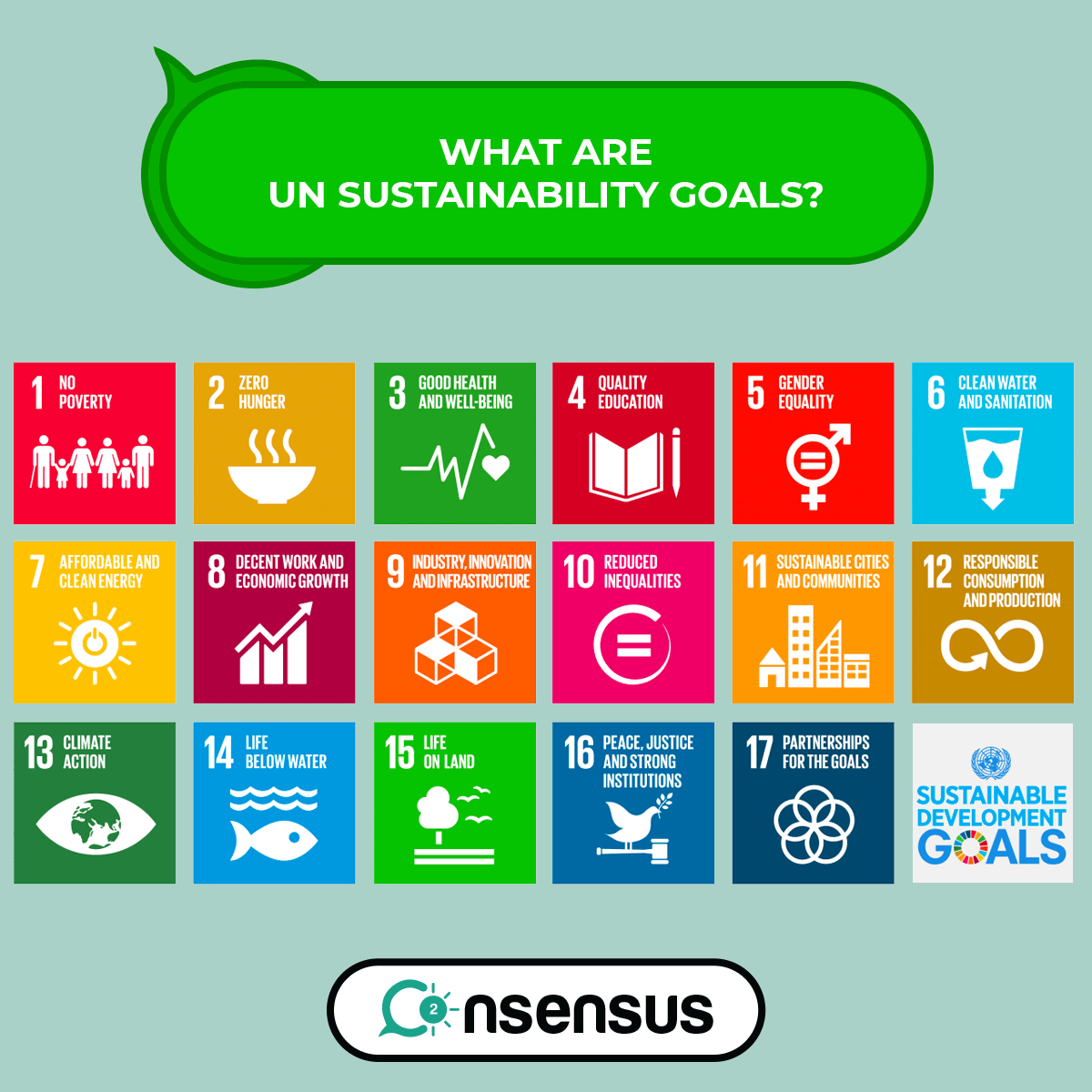In 2015, the UN gathered and decided that there is an ardent need for lasting change on a number of fronts which are causing a lot of inequities all over the world.
These inequities include widespread hunger and poverty, sanitation problems, lack of education and hence people who can be employed, as well as long term damage to the environment.
Hence, the UN Sustainable Development Goals came into being. These goals are aimed at creating a world which is better for all inhabitants of planet Earth – including animals and flora.
The alarming rate at which the world is seeing extinction of species due to climatic factors and simple human greed indicates the extent of the problem at hand.
In January 2016, the UN SDGs were enacted in full force – the UNDP’s entire funding strategy is now directed towards these 17 goals.
Some concern economic issues, some ecological, some at the interplay of both, and the others are directed towards creating a better world for our future generations as well as us.
From the Agenda 21 adopted in 1992 at the Rio Convention, over 20 years of continued efforts were made towards realising the challenges ahead faced by humanity due to rapid expansion of industries and the explosion of population all over the globe.
Add to that human rights crises in a number of countries, and the importance of UN SDGs becomes crystal clear.
The 17 UN Sustainable Development Goals are as follows:
Goal 1: NO POVERTY
Economic growth must be inclusive of all, in order to provide jobs which are equitable and sustainable and promote equality across all fronts: racial, economic, and gender.
Goal 2: ZERO HUNGER
A considerable minority of the world population still faces issues due to lack of food, and lack of nutrition as a result. This needs to be eradicated.
Goal 3: GOOD HEALTH, WELLBEING
It is critical to ensure that as the world moves ahead, lifestyle diseases do not consume humanity. Further, communicable and preventable diseases need to be dealt with strictly.
Goal 4: QUALITY EDUCATION
Good health, sustainable development and overall equality cannot be ensured if people are not educated. Education at all levels needs to be implemented properly.
Goal 5: GENDER EQUALITY
With the appearance of #MeToo and other such movements, ensuring gender equality has become an important need for an equitable future.
Goal 6: CLEAN WATER AND SANITATION
While countries which are developed do not have many problems, the developing countries are still lagging behind in this arena.
Goal 7: AFFORDABLE AND CLEAN ENERGY
Energy prices are hitting all time highs and the importance and accessibility of the Internet are increasing exponentially. It has become crucial to ensure that everyone has access to energy.
Goal 8: DECENT WORK AND ECONOMIC GROWTH
Income inequalities are causing all sorts of inequalities everywhere else. Hence, this point is also crucial.
Goal 9: INDUSTRY, INNOVATION AND INFRASTRUCTURE
With the interplay of all factors, it is essential that industries and infrastructure scale well.
Goal 10: REDUCED INEQUALITIES
Racism, casteism, gender, creed – there are a number of inequalities which are still lingering on. These hindrances are necessary for an equitable future for all people, without any questions or conditions.
Goal 11: SUSTAINABLE CITIES AND COMMUNITIES
Ensuring development does not become unsustainable at large is becoming a necessity. This is possible only if cities and communities become aware of how ecological and economic development can go hand in hand.
Goal 12: RESPONSIBLE PRODUCTION AND CONSUMPTION
With resources dwindling, it becomes essential to make sure that resources such as fresh water are as equitably distributed as possible.
Goal 13: CLIMATE ACTION
This point relates with overall climate change taking place which has the potential to wreak havoc on lives of billions of people directly or indirectly.
Goal 14: LIFE BELOW WATER
Fisheries and oil mining have created severe problems due to exploitation as well as creating a number of problems for many plant and animal species, directly or indirectly. This behaviour can not be seen as fair or agreeable.
Goal 15: LIFE ON LAND
Relating with the point above, plants and animals on land are also facing threats due to exponentially increasing development.
Goal 16: PEACE, JUSTICE AND STRONG INSTITUTIONS
None of the above would be possible without ensuring social change and institutions making sure that there is a suitable environment.
Goal 17: PARTNERSHIPS FOR THE GOALS
These goals cannot be achieved in isolation. Hence, global cooperation and partnership are crucial to achieving the other 16 goals.
Conclusion
Thus, the UN SDGs are a critical step ahead to make sure that humanity, and with the power it has – all living beings on planet Earth live the lives they’re supposed to lead. With the vision for a brighter, peaceful, just, ecologically sustainable yet innovative world, the UN SDGs are some of the most important goals which should be achieved by humanity.
